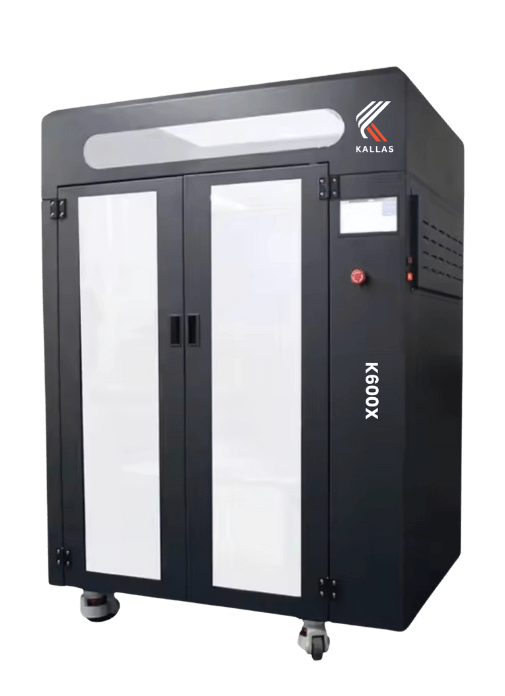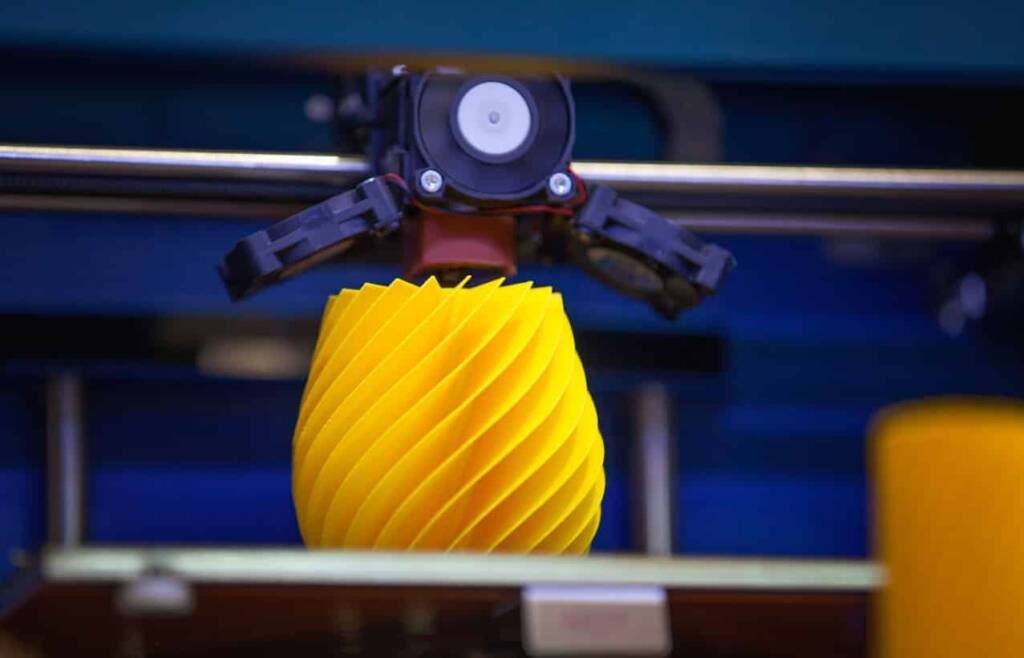Fused deposition modeling (FDM)
Source high-performing parts for rapid prototyping and low-volume industrial production with FDM 3D printing.

Why FDM 3D Printing Needs?
High quality
Experienced Designers
Affordable Price
Advanced Technology
How Does FDM 3D Printing Technology Function?
Fused Deposition Modeling (FDM), also known as Fused Filament Fabrication (FFF), is an additive manufacturing process that falls under the material extrusion category. In this technique, objects are created layer by layer by selectively depositing melted material along a predetermined path.
We offer top-quality FDM 3D printing services, utilizing advanced extrusion nozzles designed for precision and efficiency. These nozzles move both horizontally and vertically over the build platform, ensuring accurate deposition of thermoplastic polymers. Once the polymers reach their melting point, they are extruded through the nozzle and systematically layered to shape the final three-dimensional design.

Our Printing Models
Most Demanded 3D Printing Services


Materials are used for FDM 3D Printing
PLA
PLA is the easiest material to print with and has a high visual quality. It is incredibly rigid and quite powerful, but it is also very brittle.
ABS
ABS is UV-sensitive and has the potential for large fume . During the printing process, it generates an odour.
Nylon
Nylon has excellent mechanical qualities, including the best impact resistance for a non-flexible filament. It is extremely durable and chemically resistant.
PC
PC (polycarbonate) is one of the strongest materials for FDM 3D Printing and can be an interesting option to ABS due to its similar qualities.
TPU
TPU is mostly employed in applications requiring material flexibility, although it also has a strong impact resistance. It is quite abrasion resistant and does not suffer greatly when exposed to oil and grease.
PET
PET, which stands for polyethylene terephthalate, is a thermoplastic polymer resin of the polyester family. It is made up of two monomers and is widely utilized in practically everything, from bottles to clothing.
Advantages of FDM 3D Printing
Cost-Effective
Durable and Robust
Simple and Efficient
User-Friendly Design
Wide Range of Material Options



